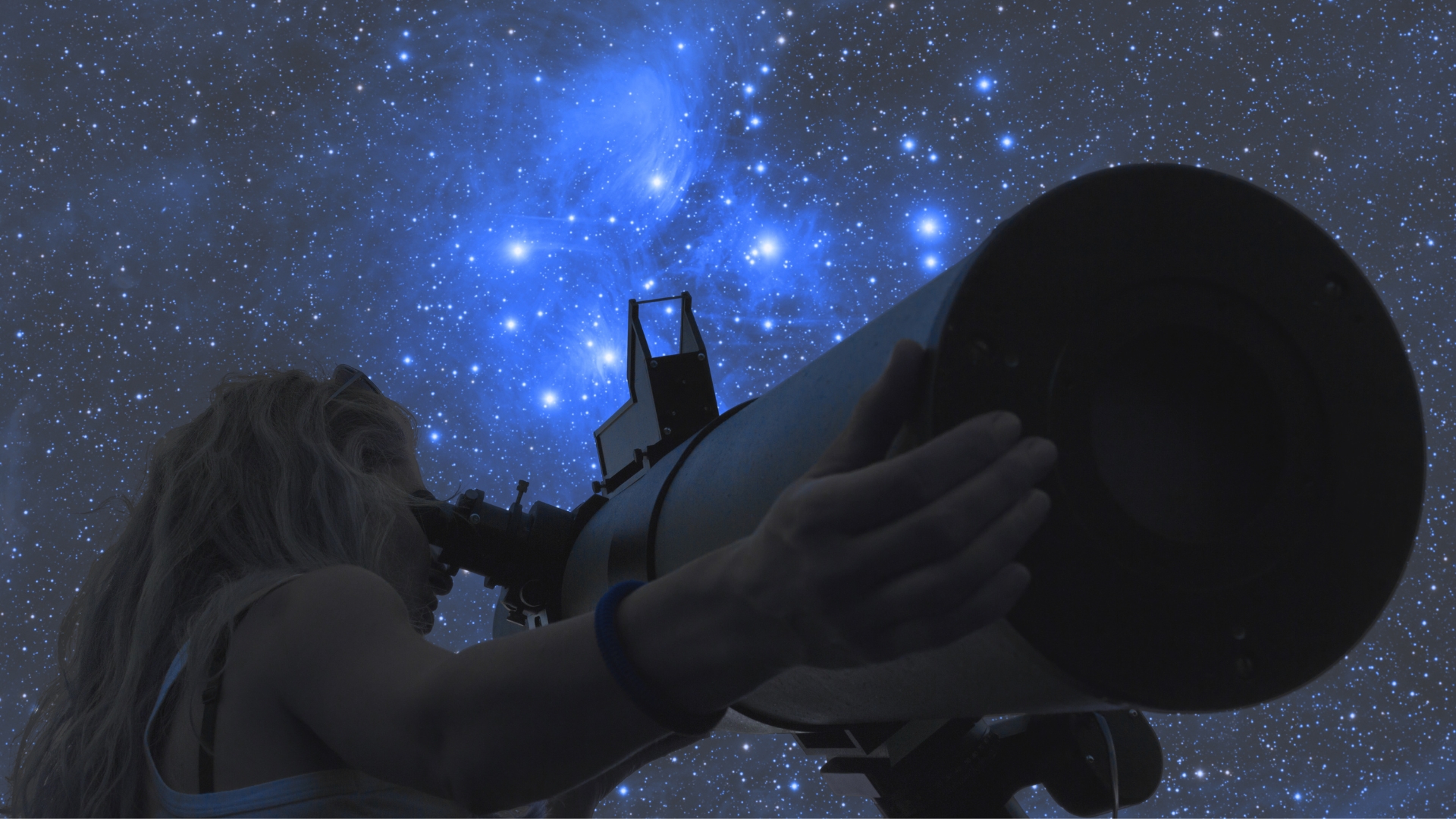Could Earth Have a Second Moon?
The discovery of celestial bodies near Earth often sparks excitement, curiosity, and sometimes even confusion about the possibility of a second moon. One such recent discovery, 2024 PT5, has reignited[…]
by Harshit Stargazing Expert
May 06, 2024

Introduction
Imagine if we had the opportunity to send a single message into the vast expanse of space, a message that would represent our Earth and potentially be the first impression we make on an extraterrestrial civilization. This very idea was contemplated during the planning of the Voyager missions. While the primary objective of the Voyager spacecraft was to study the gas giants, there was a profound understanding that, once their mission concluded, they would drift endlessly through space, possibly reaching realms of the cosmos that humanity may never be able to explore.
The decision to include a message aboard such a spacecraft, accessible to any civilization, was a thoughtful gesture to communicate a simple yet powerful statement: “You are not alone.” This blog will delve into the creation of this precious message, encapsulated within the Voyager Golden Records. It was the message’s intrinsic value, the assurance of “You are not alone,” that inspired the mission’s pioneers to bestow upon it the title of “Golden Record.”

Embarking on a journey beyond the confines of our solar system, the Voyager spacecraft carries with them a message from Earth to the cosmos: the Voyager Golden Records. These phonograph records, identical twins, were launched in 1977, serving as a galactic greeting car and a time capsule of humanity’s presence. The visionary physicist Frank Drake proposed the inclusion of these records, fueled by his lifelong belief in the existence of extraterrestrial life.
The records’ contents, a curated collection by a committee led by the renowned Carl Sagan, encapsulate the rich tapestry of life and culture on Earth through sounds and images. They are not mere recordings but an ambitious attempt to communicate the story of our world to distant civilizations and future times. As we gaze up at the stars, the Golden Records voyage through space, a testament to our curiosity and our desire to connect with the vast, unknown universe.

Cover Picture
The cover of the Voyager Golden Records is a marvel of scientific communication, encapsulating complex information in a series of intricate diagrams. In the upper figure, a drawing of the phonograph record and its accompanying stylus is surrounded by binary arithmetic code, signifying that the record completes one rotation in 3.6 seconds. This diagram serves as a guide, indicating that the record should be played from the outside in. Below it, a side view of the record and stylus is presented, with a binary number denoting the playback time for one side
of the record—approximately an hour.
In the above picture, a wave-like image illustrates the method for constructing pictures from the recorded signals. The duration of one “picture line,” roughly 8 milliseconds, is specified, and the lines are numbered in binary. The subsequent diagram details the vertical, staggered “interlace” method required for accurate picture rendering. Directly beneath this, a replica of the first picture on the record allows recipients to confirm the correctness of their signal decoding, with a circle ensuring the proper aspect ratio for image reconstruction.
The lower left-hand corner of the cover features a map pinpointing the solar system’s location relative to 14 pulsars, with their precise periods provided. This celestial map offers a potential means for extraterrestrial intelligence to locate the origin of the record. Finally, the lower right-hand corner displays a representation of the hydrogen atom in its two lowest states, connected by a line and marked with the digit 1, indicating the time interval associated with the transition between these states. This fundamental measurement serves as a
universal constant, potentially allowing extraterrestrial beings to understand the scale of time encoded within the Golden Records.
Contents in the Records
The Voyager Golden Records are a testament to the diversity and richness of life on Earth, meticulously curated by Carl Sagan and his committee over the course of a year. These records encapsulate an array of 116 images—115 to represent Earth, plus one for calibration. The images are a symphony of natural sounds from our planet, including the surf, wind, thunder, and the distinctive call of
whales, specifically chosen for their unique representation of Earth’s biosphere.
The visual content is equally diverse, with photographs and diagrams in both black and white, and color. These images cover a wide range of
subjects, from scientific concepts like mathematical and physical quantities, the solar system, and DNA, to human anatomy and reproduction. They also depict various animals and birds, scenes of human daily life, culinary traditions, and architectural marvels, providing a snapshot of Earth’s inhabitants and their activities.
Each of these 116 images was encoded in analogue form, composed of 512 vertical lines, ensuring that they could be interpreted by any civilization that might encounter the Voyager spacecraft. These records stand as a beacon of Earth’s legacy, a golden hello from humanity to the universe, inviting any extraterrestrial discoverers to learn about the small, vibrant blue planet we call home.
Conclusion
Carl Sagan once remarked, “The spacecraft will be encountered and the record played only if there are advanced space-faring civilizations in interstellar space, but the launching of this ‘bottle’ into the cosmic ‘ocean’ says something very hopeful about life on this planet.” This statement, though simple, captures the profound hope and curiosity we humans harbor regarding extraterrestrial life. The Voyager missions epitomize “persistence”—scientists initially believed that after their primary mission of studying the gas giants, the spacecraft would simply be lost in space. Yet, even after 46–47 years, their continued operation and ability to communicate with Earth is a testament to never
losing hope. To me, this space mission is one of humanity’s greatest achievements. These two probes are the only ones to have collected information from interstellar space. In another 40,000 years, Voyager 1 will approach our nearest star, Proxima Centauri. By then, we will have lost all communication with it from Earth. However, if life exists in that star system and they are sufficiently advanced, the age-old question—”Are we truly alone in the universe?”—may finally be answered.
By, Vishnuthirtha SH
(Stargazing Expert)





The discovery of celestial bodies near Earth often sparks excitement, curiosity, and sometimes even confusion about the possibility of a second moon. One such recent discovery, 2024 PT5, has reignited[…]
Introduction Comets have long captivated our imaginations, and this October, skywatchers are in for a treat with the appearance of C/2023 A3 (Tsuchinshan-ATLAS). This remarkable icy visitor from the outer[…]
To: The Universal Galactic Council From: Planet Earth, Number third from the Sun [caption id="attachment_3885" align="alignnone" width="300"] Credit- istock[/caption] Dear Esteemed Members of the Council, I hope this letter finds[…]
The Milky Way galaxy is a vast stellar system that contains our solar system, along with billions of other stars, planets, nebulae, and other celestial objects. It's a barred spiral[…]
Get exclusive access to freebies and news. We don’t spam, rent or sell your email. See our Privacy Policy.